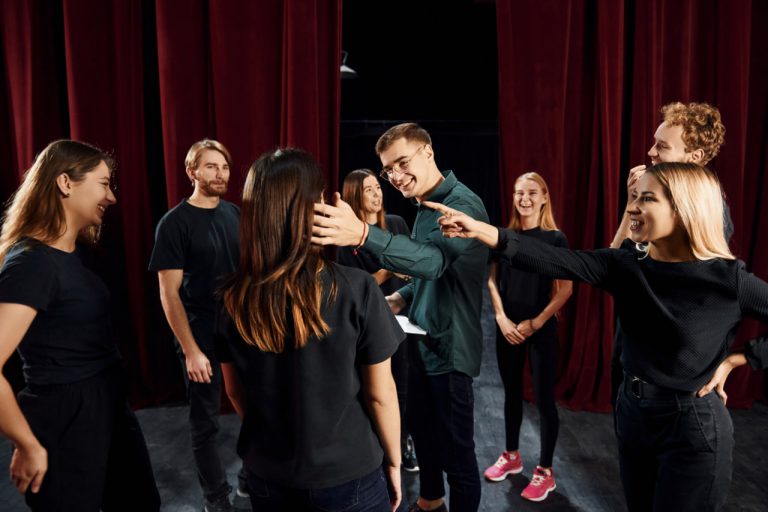Top 5 Acting Exercises to Practice at Home for Greater Confidence
Building confidence isn’t about pretending to be someone you’re not—it’s about uncovering the strength and clarity that already exist within you. Acting offers a powerful pathway to this kind of self-discovery, and the best part is you don’t always need a stage or a classroom to get started. With a little space, a willingness to play, and a bit of consistency, you can begin to strengthen your presence, voice, and emotional range right from your home.
At Confident Actor, we believe that regular practice is key to building both skill and confidence. These five carefully chosen acting exercises are perfect for practicing solo. They’ll help you break through mental blocks, express yourself more clearly, and connect with your inner voice—all while developing the tools of a confident performer.
1. Mirror Work: Discovering Presence and Self-Awareness
One of the simplest yet most powerful exercises you can do at home involves a mirror. Stand in front of it, make eye contact with yourself, and speak a few lines or simply talk about your day. Watch how your face moves, how your body reacts, and how your eyes respond. At first, this can feel awkward or even vulnerable, but over time, you’ll become more comfortable being seen—and more accepting of how you come across.
Mirror work increases self-awareness and helps you become more grounded in your body. Try experimenting with facial expressions, emotional delivery, and physical gestures. Learn what feels natural and what doesn’t. As you grow more confident in your self-presentation, you’ll carry that ease into everyday conversations and public speaking situations.
2. Tongue Twisters and Vocal Warm-Ups: Unlocking Clear Expression
Your voice is your most direct instrument for communication. Practicing vocal warm-ups and tongue twisters strengthens articulation, breath control, and projection. Start with simple phrases like “red leather, yellow leather” or “unique New York,” gradually increasing speed while maintaining clarity.
Pair these tongue twisters with deep breathing and vocal exercises. Humming, lip trills, or even reading a poem aloud with varied intonation will train your vocal muscles and boost your vocal confidence. You’ll find yourself speaking more clearly and assertively, whether in a rehearsal room or in a job interview.
3. Emotional Recall: Tapping Into Authentic Feeling
Confidence doesn’t come from hiding your emotions—it comes from owning them. Emotional recall is an acting technique that helps you connect with your true feelings and express them safely. Find a quiet space, close your eyes, and recall a specific memory that stirred a strong emotion—joy, fear, pride, or sadness. Focus on the physical sensations that arise. Then, try to express that emotion through a short improvised monologue or movement.
This exercise teaches emotional honesty and encourages emotional flexibility. By learning how to access and express genuine emotion on demand, you strengthen your connection to self and develop the confidence to show up more fully in everyday interactions.
4. Improvisation Games: Practicing Spontaneity and Trust
You don’t need a partner to practice improv. Solo improvisation can be incredibly freeing and is excellent for building quick thinking. Set a timer for two minutes, pick a random object in the room, and create a monologue about it as if it were central to a dramatic story. Or imagine you’re in a specific setting—like a subway station, a coffee shop, or a courtroom—and describe what’s happening around you.
The goal is not perfection, but spontaneity. Improv loosens mental blocks and encourages creativity without fear of failure. The more you practice responding in the moment, the more confident you become in unpredictable real-life situations.
5. Character Walks: Exploring Physical Confidence
How we move influences how we feel. Character walks are a physical acting exercise that allows you to explore confidence through your body. Start by walking around your space as yourself, paying attention to your natural rhythm, posture, and energy. Then, try walking as a different character: someone extremely shy, someone proud and regal, someone carefree and bold.
Feel the differences in how each character holds their body, moves their arms, and takes up space. Finally, return to your own walk—but bring with you the physical confidence of a character who inspires you. This exercise helps you embody confidence physically, which can shift your internal state and increase presence in everything from social settings to professional environments.




